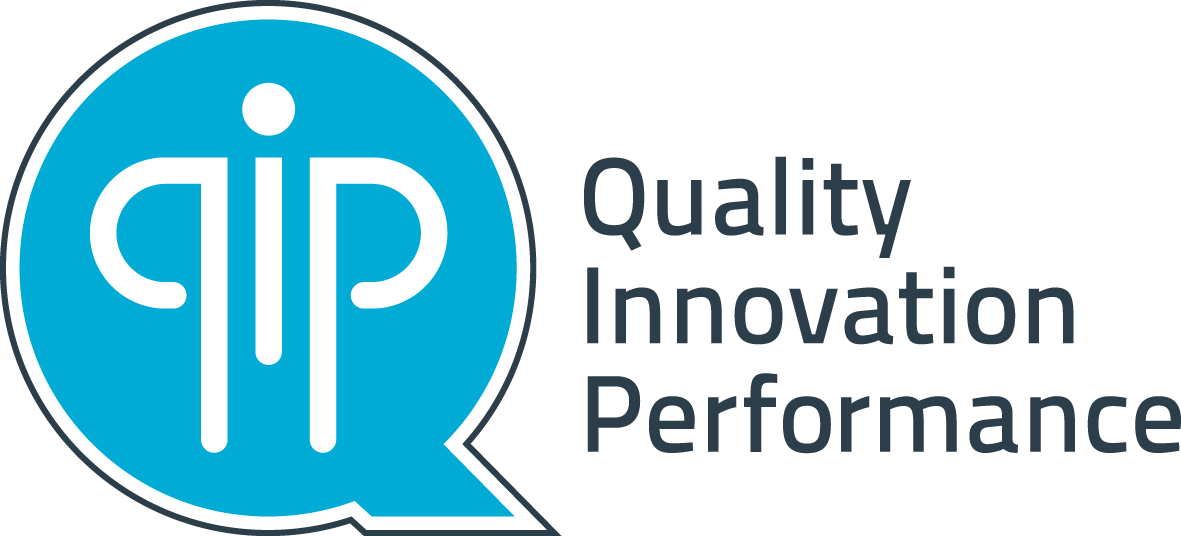Latest news

NSQHS Standards: key changes from first to second editions
The Australian Commission on Safety and Quality in Health Care (the Commission, frequently referred to as the ACSQHC) released the second edition National Safety and Quality Health Service (NSQHS) Standards in November 2017. Accreditation of healthcare facilities against the NSQHS second edition commenced in 2019, moving on from the NSQHS first edition. The NSQHS Standards offer national health safety quality standards and national health standards for Australian healthcare service organisations.
The Commission is the Australian Government independent statutory authority that is responsible for the formulation of the Standards and coordinating the Australian Health Service Safety and Quality Accreditation (AHSSQA) Scheme for the accreditation of organisations.
To assist Australian health services such as allied health, hospitals, day procedure services, community health services, and cosmetic medical and surgical facilities to provide the highest level of quality care, QIP would like to share with you our summary of the revised Standards and changes to the accreditation process.
Standardised assessment cycles
The accreditation process in healthcare for the NSQHS Standards (second edition) has changed. This change now requires a three-year accreditation cycle with no mid-cycle assessments. There are no options to implement four-year assessment cycles or mid-cycle assessments. Any mid-cycle assessments scheduled after 1 January 2019 will not occur.
Flexible transition arrangements
Health services are required to complete their assessments before their current accreditation award expires. This means assessments must be scheduled for the following timeframes:
- Scheduled at least four months before their accreditation award expires
- Allowing for three months for remediation of ‘not met’ actions at initial assessment, and
- Allowing one month for the QIP to complete the final accreditation report.
Revised assessment rating scale
Assessment of actions to meet these quality standards are now rated to the following scale:
- Met – All requirements of action are fully met
- Met with recommendations – Recognises implementing safety and quality initiatives is ongoing and occurs at different rates across a health service organisation, and will signify that systems across the organisation are largely in place
- Not met – Part or all of the requirements of the action have not been met. If a health service has a large number of ‘not met’ actions, they may be required to be reassessed
- Not applicable – The action is not relevant in the assessment context
- Not assessed – The action is not relevant in the assessment context, and
- Met with merit – no longer used. Replaced with ‘recognosing exemplary practice in health service organisations’ (see below).
Repeat assessments if there is a large number of ‘not met’ actions
Should an organisation be found to have a high number of ‘not met’ actions at their on-site assessment and is still awarded accreditation, they are required to be reassessed within six months of the date they complete the assessment cycle. This aims to ensure required safety and quality improvements are fully in place to maintain compliance with the second edition.
Recognising exemplary practice in health service organisations
The Commission has responded to industry feedback requesting recognition of exemplary practice. A process for this has been developed: QIP and all other accrediting agencies can nominate exemplary practice if it is identified during on-site assessments.
Special transition arrangements
Health services with accreditation expiring from January 2020 or later should schedule their on-site assessment to allow enough time for the assessment process to be completed. Please contact QIP for more information on your exact timelines should you need assistance.
Voluntary short notice assessments
Short notice assessments are now available, instead of the announced assessment methods. Short notice assessments are a separate assessment pathway with specific rules, and participation is voluntary unless directed by the relevant regulator.
Annual attestation statement from governing bodies to the accreditation agency
Each health service’s governing body is required to annually submit an attestation statement to QIP, stating compliance with its responsibilities for governance, leadership and culture in achieving safety and quality improvement.
Expanded oversight of accrediting agencies’ performance
The Commission’s oversight of QIP and all other accrediting agencies is being expanded with to:
- Promote improvements in performance across all accrediting agencies
- Ensure consistent implementation of the AHSSQA Scheme, and
- Ensure assessments are rigorous and completed within agreed timeframes.
The Commission will invite those who have completed their on-site assessment with QIP to fill out a short online survey about the experience to improve quality and safety in healthcare across the board. The survey includes questions about the QIP Assessors’ skills and approach to the assessment and QIP’s processes for organising and preparing for the assessment.
The Commission will also:
- Attend at least one QIP assessment visit each year to observe assessor performance.
- Review and analyse information about assessors and QIP garnered via various channels:
- accreditation outcomes data
- accrediting agency compliance reports
- accrediting agency working group
- the Commission’s Advice Centre, and
- feedback from regulators.
Standardised assessment methodology
To improve consistency of assessment to the NSQHS Standards, the Commission has developed a standardised assessment method. QIP uses this method to assess the safety and quality systems within health services against the second edition.
By using a standardised assessment method, health services and accrediting agencies can be confident all components of safety and quality systems are comprehensively evaluated, and that assessments are based on evidence from observation, interview and records.
The Commission advises that the introduction of standardised assessment reporting can lead to public reporting on accreditation outcomes.
We urge you to visit the Commission’s online resources to review and download the Standards and carefully read the comprehensive information, advisories and fact sheets provided to fully grasp the changes and interpret how they will affect you and your organisation www.nationalstandards.safetyandquality.gov.au.


